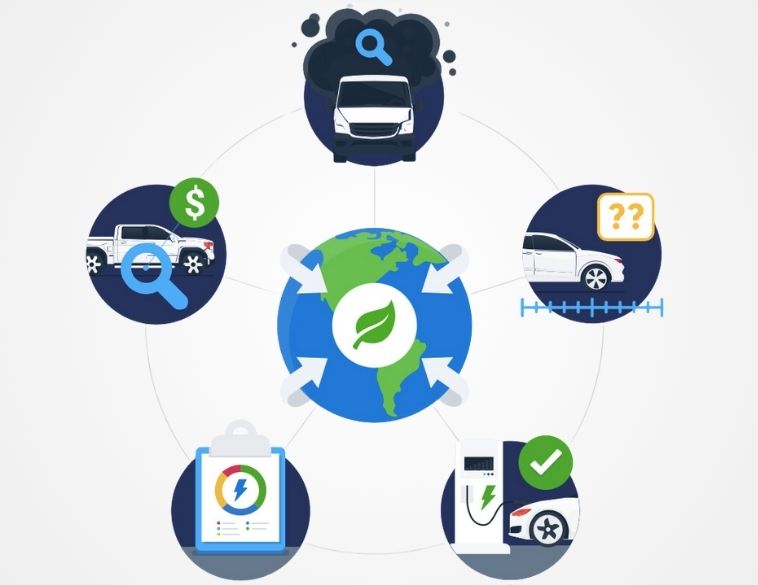Automotive fleet industry technology
Fleet telematics solutions have changed the way fleet professionals manage assets. In fact, companies like Geotab and Fleet Complete, as well as advanced telematics solutions like Shell Telematics from Shell Fleet Solutions or Ford Data Services are leveraging the power of telemetry in order to provide fleets with asset tracking, geofencing capabilities and other advanced solutions. Today’s fleet managers can harness the power of telematics in ways that were previously impossible. For example, thanks to GPS tracking, fleets can boost efficiencies and cut the cost of fuel with route optimization strategies. With the right analytical tools in place, fuel costs are just the tip of the proverbial iceberg when it comes to possibilities. Advanced asset tracking technologies can help reduce operating costs, increase driver safety, as well as help with fuel management and associated expenses. Moreover, with the right telematics devices installed inside every fleet vehicle (video telematics) to monitor driver behaviour and driver performance, fleet managers can determine which employees could benefit from driver training initiatives. Naturally, it’s critical to have the right fleet policy in place, and to make sure that an organization’s safety department (if any) is on board, but once the right GPS technology is in place, and once data and performance measurements start to flow into whichever fleet management solution an organization might choose, fleet professionals can leverage all of their vehicle data in order to reach their objectives.
Advanced Driver Assistance Systems
Fleets can also leverage the right technologies in order to keep their drivers safe while on the road. For instance, Advanced Driver Assistance Systems (ADAS systems) employ sophisticated sensors and technologies to reduce accidents. While ADAS systems are available today, tomorrow’s vehicles will be even safer, thanks to advanced LiDAR systems (an acronym for Light Detection and Ranging), LiDAR sensors, and other technologies that will be employed in semi-autonomous or fully-autonomous vehicles. In theory, LiDAR technology should make tomorrow’s self-driving fleet vehicles almost accident-proof. Thanks to advances in mapping technology solutions, as well as sophisticated OEM connectivity systems and over-the-air updates, these vehicles should be able to avoid accidents and incidents that will ultimately limit equipment downtime. In addition, with the help of advanced automotive telematics, properly-equipped vehicles might also be able to assist their owners with theft recovery, should they ever be stolen.
Future innovations
When it comes to automotive information technology, we are living in exciting times. Today, fleet professionals can use a fuel management solution to keep an eye of fuel spend, or telematics data to keep a vehicle within a geofenced area. Tomorrow’s telematics technologies and LiDAR data will allow fleets to move way beyond vehicle tracking and locations services. These will all seem like basic metrics, when we compare them with future possibilities. The semi-automated or fully-automated vehicle of the future will leverage the power of telemetry data in ways that we may currently think of as science fiction. That said, we may also discover that these advanced technologies are too costly to repair, at least when they first come on the market. The cost of parts, as well as the cost of labour may be too prohibitive for fleets to embrace these new technologies as soon as they’re available. In time, however, economies of scale will make them more affordable, paving the way towards a safer fleet, and safer roads for all.

